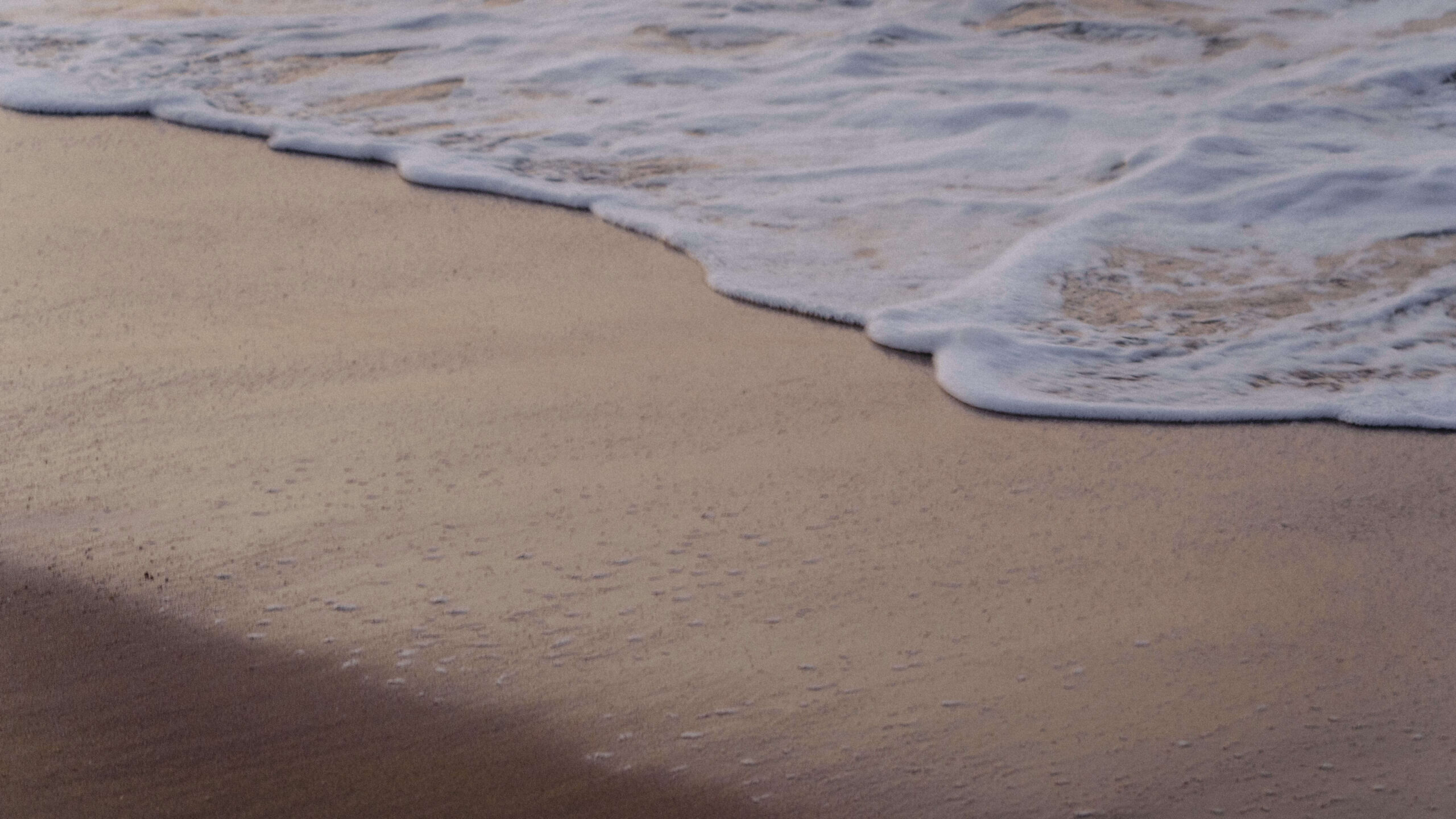Travel in Tonga

The Kingdom of the South Pacific — ancient, gentle, and deeply spiritual
Tonga is the only Pacific nation never colonized, and that independence shows in everything from its royal heritage to its strong cultural identity. Scattered across 170+ islands, this quiet Polynesian kingdom offers travelers a rare chance to experience the South Pacific on its own terms — with deeply rooted traditions, peaceful villages, and coastlines untouched by commercial tourism.
Known as “The Friendly Islands”, Tonga delivers a more grounded and authentic kind of paradise. You won’t find mega-resorts or bustling nightlife here — but you will find humpback whales breaching at sunrise, Sunday church choirs echoing through palm trees, and small guesthouses where you’re treated like family. Whether you’re relaxing on a white-sand beach in the Ha‘apai group, exploring sea caves in Vava‘u, or attending a royal ceremony in Nuku‘alofa, Tonga moves to its own rhythm — and invites you to slow down and follow.
How to Get to Tonga
Most visitors arrive via Fua‘amotu International Airport (TBU) on the main island of Tongatapu, near the capital, Nuku‘alofa.
- Direct international flights connect Tonga with Auckland, Sydney, Brisbane, Nadi (Fiji), and Apia (Samoa). Airlines include Fiji Airways, Air New Zealand, and regional carriers.
- Domestic flights operated by Lulutai Airlines serve outlying island groups such as Ha‘apai, Vava‘u, and the Niuas.
- Ferries and cargo boats also link the islands, though services can be slow and weather-dependent.
Getting around Tonga requires planning and patience — but it’s part of the island experience, and often rewarded with spectacular, uncrowded destinations.
What to See in Tonga
Begin your journey on Tongatapu, the main island, where history, geology, and royal culture converge. Visit Ha‘amonga ‘a Maui, a mysterious stone trilithon dating back to around 1200 AD — often called the “Stonehenge of the Pacific.” Nearby, the terraced tombs of Lapaha (Langi) mark the burial sites of ancient Tongan kings. A short drive away, blowholes at Houma send sea spray shooting skyward through volcanic rock for hundreds of meters.
The capital, Nuku‘alofa, is a sleepy seaside town with a palace, markets, churches, and friendly locals. Time your visit to catch a royal parade, a traditional dance performance, or a local feast (umu).
Offshore, ‘Eua Island, just a short flight or ferry from Tongatapu, is a wild paradise of cliffs, rainforests, and hiking trails. It’s one of the best places in the country for birdwatching and nature walks, offering dramatic views and near-empty beaches.
To the north lies Vava‘u, Tonga’s premier marine tourism hub. The islands here are lush, hilly, and ringed by coral reefs — ideal for boating, kayaking, diving, and whale watching. The picturesque harbor of Neiafu serves as a base for sailors and island-hoppers, with cozy guesthouses and vibrant local markets.
Further north again, the Ha‘apai Islands feel like a throwback to a simpler time. Dozens of flat coral islands offer powdery beaches, clear water, and a pace of life that invites true rest. You can walk for hours on some of these islands without seeing another soul — just the reef, the sky, and the occasional pig in the shade.
What to Do in Tonga
Tonga is one of the only countries in the world where you can swim with humpback whales in the wild — and do so legally, ethically, and with strict regulations. Each year, from July to October, these giants migrate from Antarctica to Tongan waters to breed and give birth. Tours operate mainly from Vava‘u and Ha‘apai, offering small-group experiences that are both intimate and awe-inspiring.
For divers and snorkelers, Tonga’s waters are filled with coral gardens, drop-offs, caves, and sea arches. Swallow’s Cave, Mariner’s Cave, and the remote coral atolls of Niuatoputapu are standouts. Visibility is excellent year-round, and crowds are rare.
On land, hike the jungle trails of ‘Eua, learn traditional tapa making in a village workshop, or join a Sunday feast with a local family. Culture remains strong here, and visitors are often welcomed into village life — not with spectacle, but with sincerity.
Tonga also offers sailing charters, sea kayaking, fishing, and cultural performances showcasing lakalaka (ceremonial dance) and choral singing that resonates with the soul.
When to Visit Tonga
Tonga’s tropical climate is warm year-round, with temperatures averaging 24–30°C (75–86°F).
- Best time to visit: May to October, during the dry season. This period offers calmer seas, lower humidity, and peak whale watching.
- Wet season: November to April can bring heavy rain, tropical storms, and some regional flooding — though it’s also when the islands are greenest and quietest.
Note that Sundays are strictly observed for church and family — nearly all businesses, ferries, and tours pause for the day.
Travel Tips for Tonga
- Currency: Tongan Pa‘anga (TOP)
- Language: Tongan and English
- Connectivity: SIM cards available in Nuku‘alofa; Wi-Fi is moderate in towns, limited on remote islands.
- Transport: Flights and ferries are the main methods of inter-island travel. On land, hire cars or local taxis are widely available.
Tonga is one of the last true Polynesian kingdoms — untouched, deeply spiritual, and filled with gentle pride. It offers beauty without the polish, tradition without the tourist gloss. Whether you’re floating in the company of whales, watching torch-lit dances under the stars, or simply sipping coconut water on a reef-fringed beach, Tonga invites you to experience the Pacific as it once was — and still is, if you know where to look.